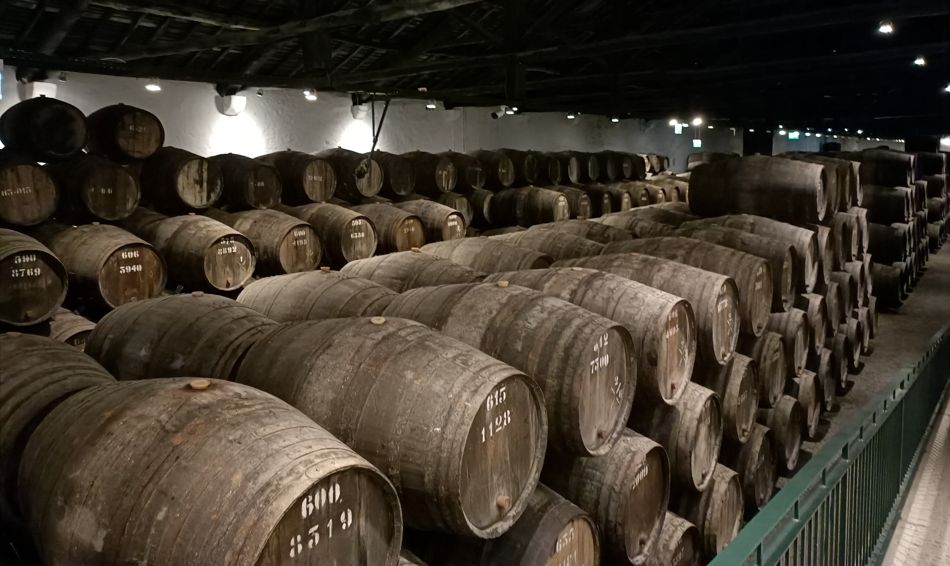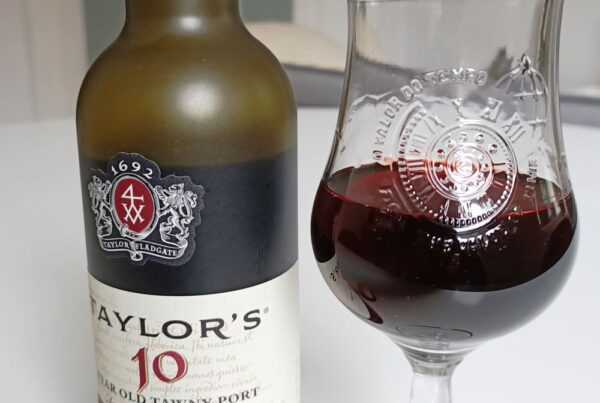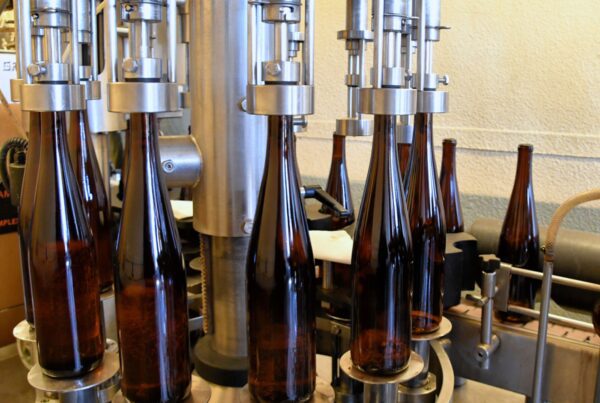In this article, you will learn the key differences between red wine and Port wine.
Port is a sweet fortified wine from Portugal made in a specific way.
Red wine is not fortified and is made in many different styles all over the world.
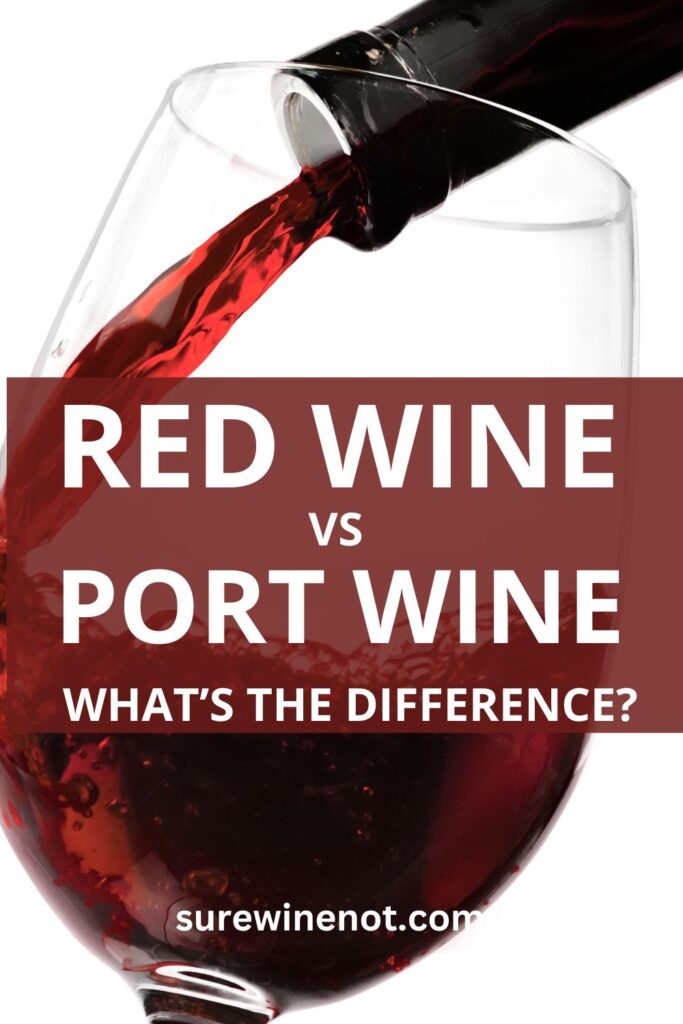
Contents
Key differences between Port vs red wine
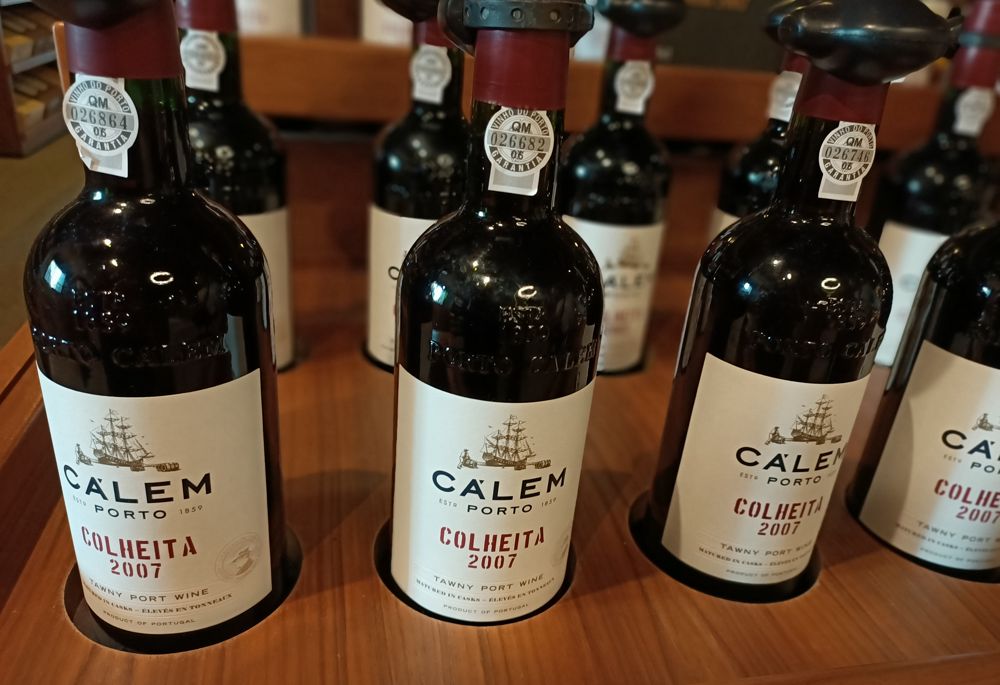
There are a number of key differences between Port wine and red wine:
Fortified wine vs regular wine
Port is a specific type of fortified wine from Portugal. Red wine is not fortified and encompasses a wide range of styles and grape varieties, such as Merlot, Cabernet Sauvignon, and Pinot Noir.
Where Port vs red wine is made
Port wine is exclusively made in the Douro Valley of Portugal, whereas red wine is produced globally in wine-producing regions.
Sweetness levels
Port wine is inherently sweet due to the addition of grape spirit that halts fermentation, leaving residual sugar; red wine can vary from dry to sweet, depending on the fermentation process and grape variety.
Grape varieties
Port is typically made from specific grape varieties native to Portugal, such as Touriga Nacional, Touriga Franca, and Tinta Barroca.
Red wine can be made from a multitude of grape varieties, including but not limited to Cabernet Sauvignon, Grenache, Merlot, Pinot Noir and Syrah.
Alcohol content
Port wine has a higher alcohol content (usually between 19% and 22%) due to fortification, while red wine typically ranges from 12% to 15% alcohol by volume.
When to serve Port vs red wine
Port wine is often consumed as a dessert wine or after-dinner drink due to its sweetness and richness, whereas red wine pairs well with a wide range of foods and is usually served during the meal.
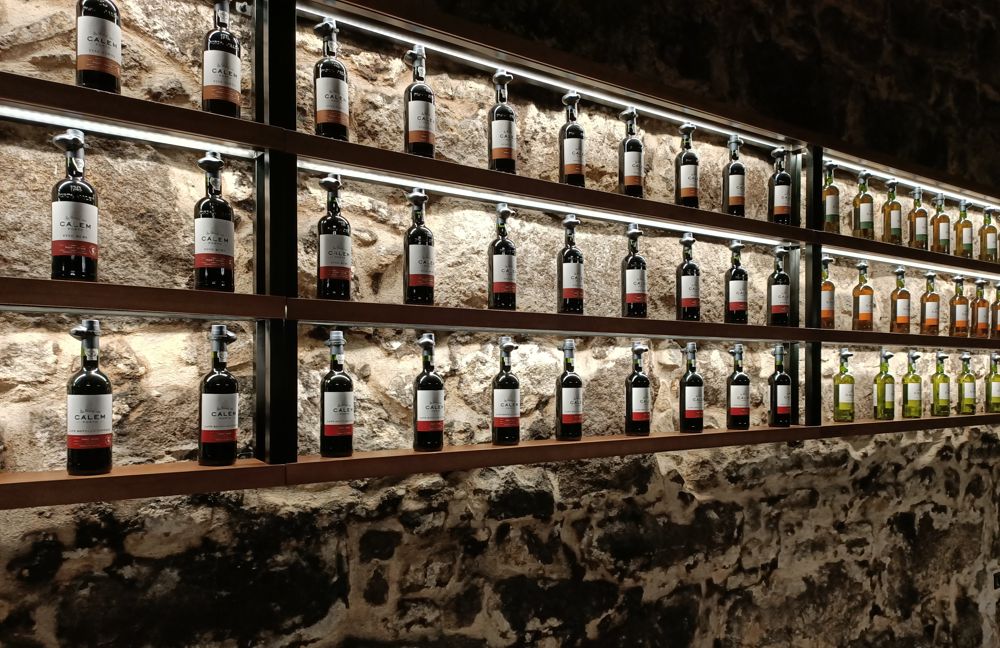
Types of Port vs types of red wine
Both Port wine and red wine are made in a variety of styles.
Types of Port
There are many styles of Port and the period of maturation determines which style it will be.
Ruby Port: Ruby Port is a vibrant ruby color. It is a sweet, full-bodied and deeply colored wine with berry and chocolate flavors.
The color and flavors of Ruby Port develop and change as it ages.
Vintage Port: Vintage Port is a sweet, full-bodied, structured, complex wine with intense flavors and a long finish.
Young Vintage Port typically has primary fruit flavors, such as berries, as well as floral and herbal notes.
Aged and mature Vintage Ports develop complex tertiary aromas such as dried fruit, caramel, chocolate, nuts and spices.
Tawny Port: Tawny Port can range from Tawny (brownish) to brown color.
It is a sweet, full-bodied wine with oxidative notes of dried fruit, nuts, caramel, and spices.
White Port: White Port is sweet and full-bodied with intense aromas and flavors. It has fresh fruity and floral aromas.
Aged and mature White Ports develop complex tertiary aromas such as nuts, honey and dried fruits (apricots).
Types of red wine
There are hundreds of types of red wine and red wine grape varieties grown worldwide.
Some of the most popular types of red wine are:
1. Cabernet Sauvignon
Cabernet Sauvignon is a dry wine known for its deep color, full body, and high tannins.
Widely made in France (Bordeaux), United States (California), Australia, and Chile.
2. Merlot
A dry wine widely produced in France (Bordeaux), United States (Washington, California), Italy, and Australia.
It is softer than Cabernet Sauvignon, with plum and black cherry flavors.
3. Pinot Noir
Pinot Noir is a dry lighter-bodied wine with lower tannins, featuring red fruit flavors (strawberry, cherry).
It is primarily made in France (Burgundy), United States (Oregon, California), Germany, and New Zealand.
4. Syrah/Shiraz
The best Syrah is typically from France (Rhône Valley) and Shiraz from Australia.
It is dry and full-bodied with bold tannins and dark fruit flavors.
5. Zinfandel
Zinfandel is mainly produced in the United States (California).
A mostly dry or off-dry wine, it can range from medium to full-bodied with high alcohol and fruitiness.
6. Sangiovese
A dry wine known for its savory flavors, it has medium to high acidity and tannins.
Primarily found in Italy (Tuscany) and also produced in Argentina.
7. Malbec
The Malbec grape is originally from France but now primarily associated with Argentina.
It is known for its plump, dark fruit flavors and smooth finish.
8. Tempranillo
Tempranillo is mainly produced in Spain (Rioja and Ribera del Duero) and Portugal.
It has cherry and plum flavors and often has a leathery or tobacco quality.
9. Grenache/Garnacha
Widely planted in Spain (Garnacha), France (Southern Rhône), and Australia.
It is typically used in blends and is known for its berry flavors and spicy notes.
10. Nebbiolo
A dry wine known for its high tannins and acidity, offering flavors of cherry, raspberry, and anise.
Primarily from Italy (Piedmont region).
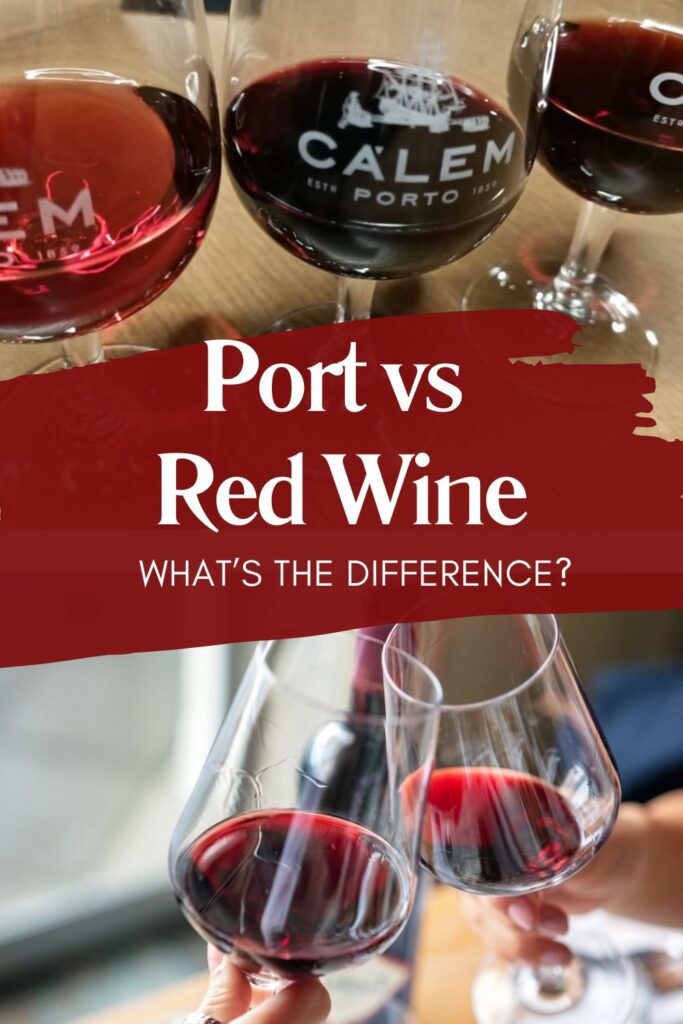
Port vs wine production methods
Port wine has a different production process to regular red wine.
Fortification
Port is a fortified wine. Fortified wines are wines that have additional alcohol added.
A grape-derived spirit is added to partially fermented grape juice.
The alcohol in the spirit kills off the yeasts and stops the fermentation. The result is a sweet, full-bodied wine that is high in alcohol.
Red wine is not fortified.
Wine rules and regulations
Port wine is protected and highly regulated wine. It can only be made in the Duoro region to strict rules and regulations.
Red wine can be made anywhere in the world. Some red wines are protected and regulated wines made to strict standards; however, others are not and red wine is often mass produced to lower quality standards.
Oxidative ageing
Tawny Port wines are aged in contact with oxygen. This contact with oxygen is what gives it its tawny color and oxidative flavors.
Red wine is not aged in contact with oxygen. In fact, winemakers go to great lengths to protect red wine from exposure to oxygen to maintain flavor and freshness.
Origins of Port vs red wine
Both Port and red wine have long, rich histories.
Origins of Port wine
Port wine dates back to the 17th century in the Douro Valley in Portugal.
The first reference to a “Porto” wine from the Duoro was in 1675.
It was created by British merchants who, seeking to preserve their wines for the long sea journey back to England, added grape spirit to the wine, making it more robust.
Port wine gained popularity across Europe over the centuries, especially in England.
The method of making Port wine was refined over time.
The Duoro and its Port wines was the first demarcated and regulated wine region in the world when the Marquis of Pombal–the then-Secretary of State of the Kingdom of Portugal– founded the Duoro Wine Company in 1756.
Origins of red wine
The origins of red wine date back to 6000 BC in the region now known as Georgia, where the earliest evidence of wine production was found.
The ancient Egyptians advanced winemaking techniques and incorporated wine into their religious ceremonies.
The Greeks spread viticulture across the Mediterranean, including to Italy, where the Romans would later refine winemaking and spread it across their empire.
During the Middle Ages, monasteries preserved winemaking traditions in Europe, laying the groundwork for modern red wine production.
Read with confidence: I am a certified wine expert (WSET L3).


